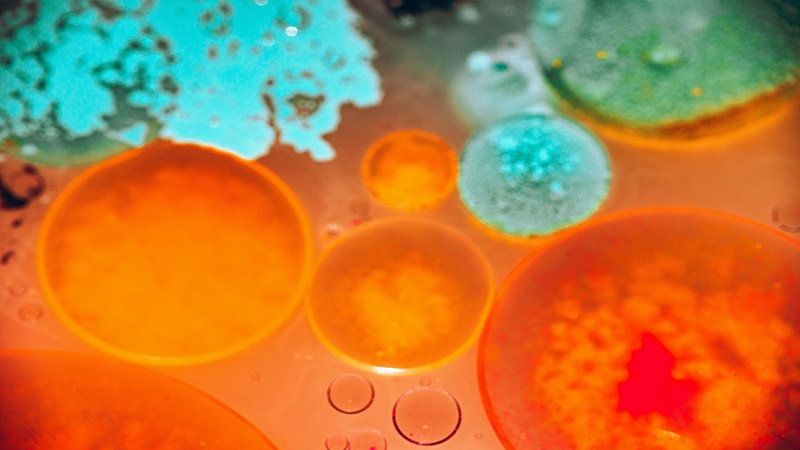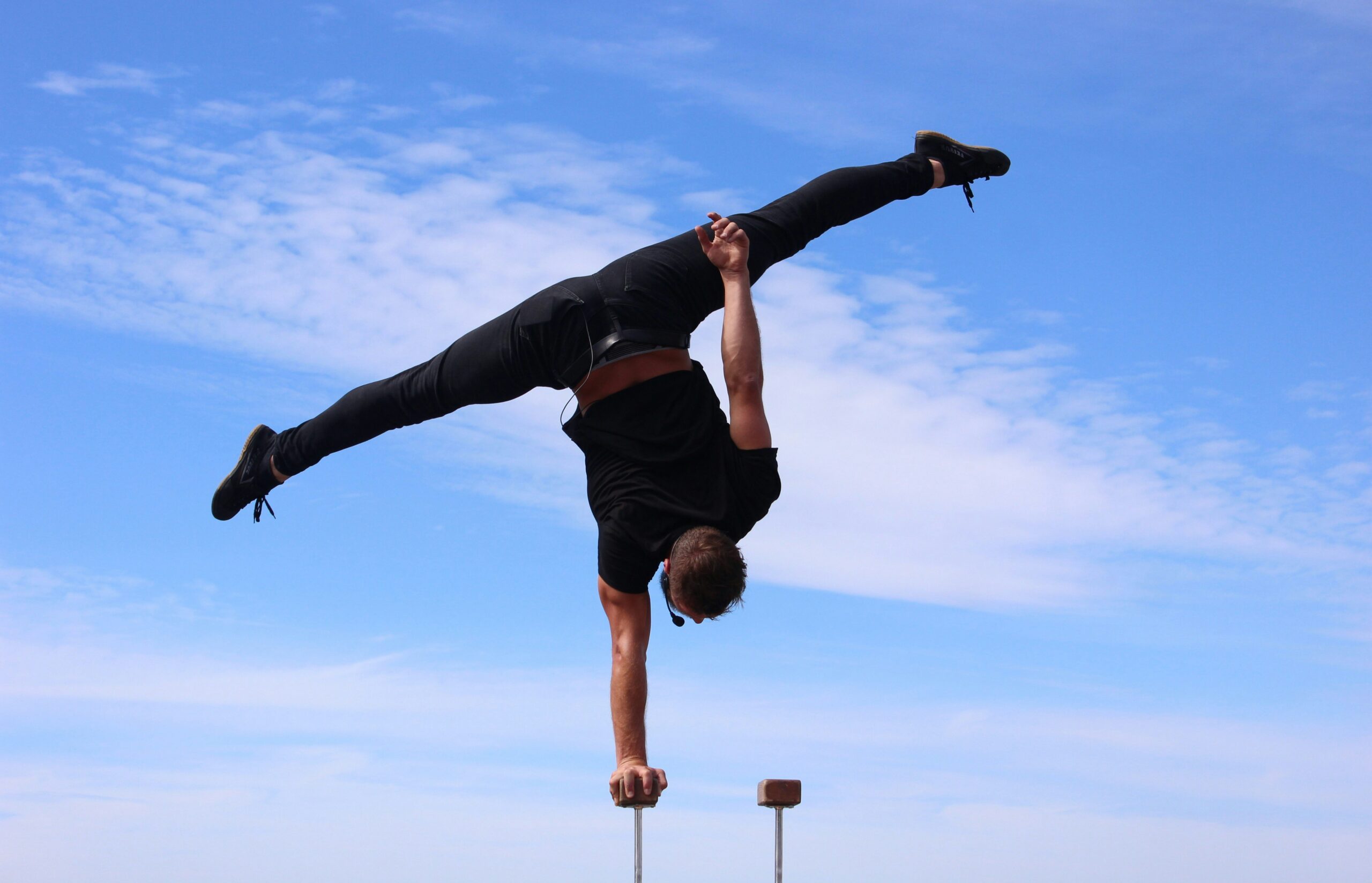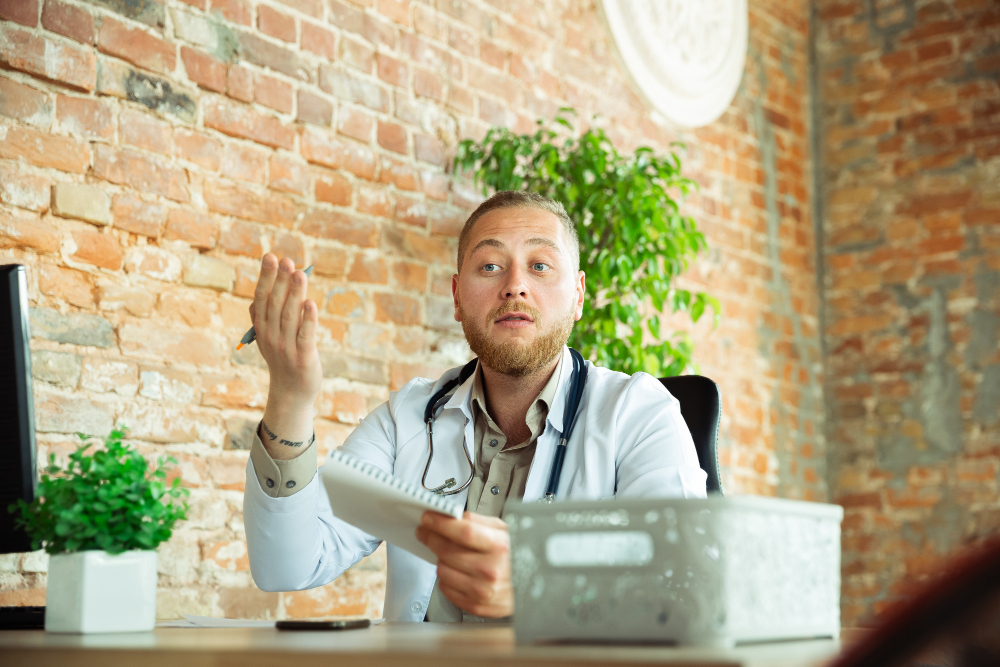Baby product testing involves inspecting baby products to determine their performance, quality, and safety. To make sure that they are both safe for babies and meet parent needs, it is crucial to test baby products.
Why is baby product testing important?
Baby product testing is important for a number of reasons. First, it helps to ensure the safety of babies. Baby products can contain hazards, such as small parts that can be a choking hazard, or chemicals that can be harmful if ingested. Baby product testing can help to identify and eliminate these hazards.
Second, baby product testing helps to ensure the performance of baby products. Baby products should work as intended and be durable enough to withstand the wear and tear of everyday use. Baby product testing can help to identify and address any performance issues.
Third, baby product testing helps to ensure the quality of baby products. Baby products should be made from high-quality materials and construction. Baby product testing can help to identify any quality issues.
Who tests baby products?
Baby products can be tested by a variety of organizations, including:
- Government agencies: Government agencies, such as the Consumer Product Safety Commission (CPSC) in the United States, test baby products for safety.
- Independent testing laboratories: Independent testing laboratories test baby products for safety, performance, and quality.
- Manufacturers: Manufacturers often test their own baby products to ensure that they meet their safety, performance, and quality standards.
What types of baby products are tested?
A wide variety of baby products are tested, including:
- Child care products testing: Child care products, such as high chairs, playpens, and strollers, are tested for safety and durability.
- Children’s clothing testing: Children’s clothing is tested for safety, durability, and flammability.
- Stationery testing: Stationery, such as pens, pencils, and crayons, is tested for safety and toxicity..
With the development of society, families are paying more and more attention to infants and young children, and the development of the market for child care products is also accelerating. At the same time, the safety of child care products has also attracted the attention of the whole society. At present, Europe, America and other countries and regions have set up special regulations and standards to strictly control the safety of child care products in their markets. Matexcel provides you with professional child care products testing.
Our testing items include the following: baby pacifiers, baby bottle nipples, nipple clamps, children’s drinking equipment, cutlery and feeding utensils.
• The content of the baby pacifier test are as follows:
General safety requirements
Volatile content
Mechanical behavior
N-nitrosamine and N-nitroso substances released
Chemical requirements and testing
Release amount of MBT in vulcanized rubber
Migration of certain elements
The amount of antioxidant released in vulcanized rubber
How is baby product testing done?
The specific methods use to test baby products vary depending on the type of product being tested. However, some common testing methods include:
- Physical testing: Physical testing involves inspecting baby products for defects and hazards.
- Chemical testing: Chemical testing involves analyzing baby products for the presence of harmful chemicals.
- Performance testing: Performance testing involves evaluating the performance of baby products under simulated conditions.
- Durability testing: Durability testing involves evaluating the durability of baby products to withstand the wear and tear of everyday use.
Stationery Testing
As stationery products frequently used by students every day, the quality of their products directly affects children’s health and even life safety. People’s quality and safety control of stationery is becoming more and more strict. Many departments have put forward standard requirements for stationery safety. Products that do not meet technical specifications and safety standards will not be sold on the market. Matexcel can provide you with quality inspection stationery services.
Conclusion
Baby and child product testing is a critical process for manufacturers, retailers, and government agencies to ensure the safety and quality of products for children. By testing products for hazards, performance, and durability, these entities can help to protect children from harm.
In addition to testing products, manufacturers and retailers can also play a role in ensuring child safety by:
- Designing products with safety in mind: This includes using safe materials and construction methods, avoiding small parts that could be a choking hazard, and designing products that are age-appropriate.
- Providing clear and concise instructions: Parents should be able to easily understand how to use and assemble products safely.
- Conducting regular safety reviews: Manufacturers and retailers should regularly review their products and processes to identify and address any potential safety risks.
Government agencies can also play a role in ensuring child safety by:
- Developing and enforcing safety standards: Government agencies can develop and enforce safety standards for baby and child products.
- Conducting product testing: Government agencies can conduct their own product testing to verify that products comply with safety standards.
- Investigating safety incidents: Government agencies can investigate safety incidents involving baby and child products to identify and address any underlying problems.
Manufacturers, retailers, governmental organizations, and other stakeholders can cooperate to help ensure the security and caliber of baby and kid products.
Source from Matexcel
Matexcel is a leading service provider in materials science, with years of commitment to supply better polymers, nanoparticles and other materials for worldwide customers from both academia and industry. We offer a full range of materials covering polymers, metals, ceramics and natural materials, in addition to professional consultation service in manufacturing and characterization. Our experienced team of scientists has mastered a wide spectrum of technologies to solve interdisciplinary tasks such as custom synthesizing and developing polymeric and nano-bio applications. We are a customer-oriented company aiming to deliver product and service to the global pharmaceutical and nano-biotechnology markets. Matexcel’s engineers and scientists have technical expertise to meet testing requirements with thoroughness, accuracy, and efficiency. The staff at Matexcel focuses on proactive communication with our customers. We are always striving to provide customers with high quality technical support and testing services.
Materials are substance from which a thing is or can be made. They can be classified as metal, polymer, ceramic, composites and others (glass, wood, semiconductors…). According to their applications, materials can also be classified as biomaterials, magnetic materials, electronic materials, optical materials, nanomaterials, etc.




